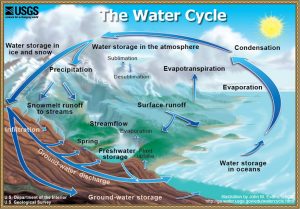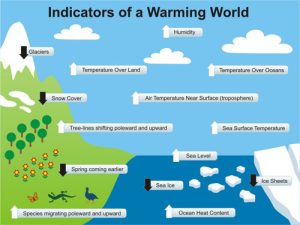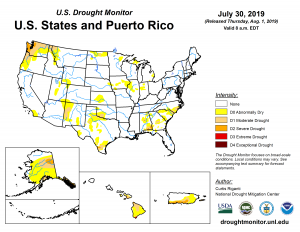Scroll down for: ESRI StoryMaps, Educational Handouts, Diagrams & Maps, Children’s Books on Water!
ESRI STORYMAPS
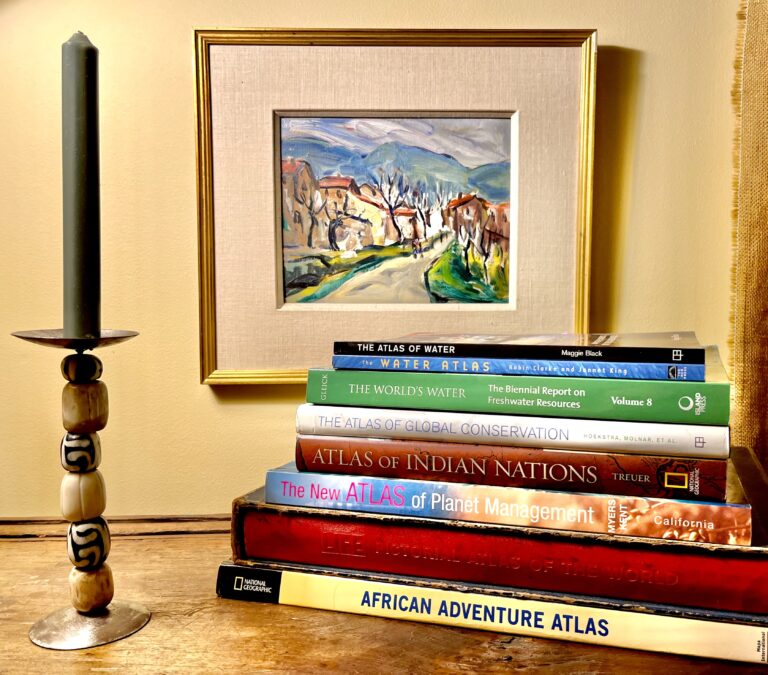
No Water No Life is offering “What’s On Our Shelves” as a catalog of our 850+ books and articles on freshwater values, threats and stewardship. It focuses on water availability, usage and vulnerability in our six case study watersheds in N America and Africa and spotlights India’s Ganges Basin, Ancient Rome, Kenya’s Amboseli-Tsavo Ecosystem and California’s Megadrought. Other watershed topics covered include African wildlife, Native American cultures, nature’s values and ecosystem fragility. We offer this resource and its corresponding ESRI StoryMap to support research, expedition preparations and reportage on the vital nature of our freshwater resources.
No Water No Life is excited to share the NWNL Song Library. An interactive catalog of our images concerning music and musicians from around the world, this StoryMap illustrates how music connects our cultures. We also aim to explore music’s relationship to nature, sharing two playlists regarding fresh water with images for each. We offer this resource to provoke thoughtful reflection on the human world and its relationship with nature.
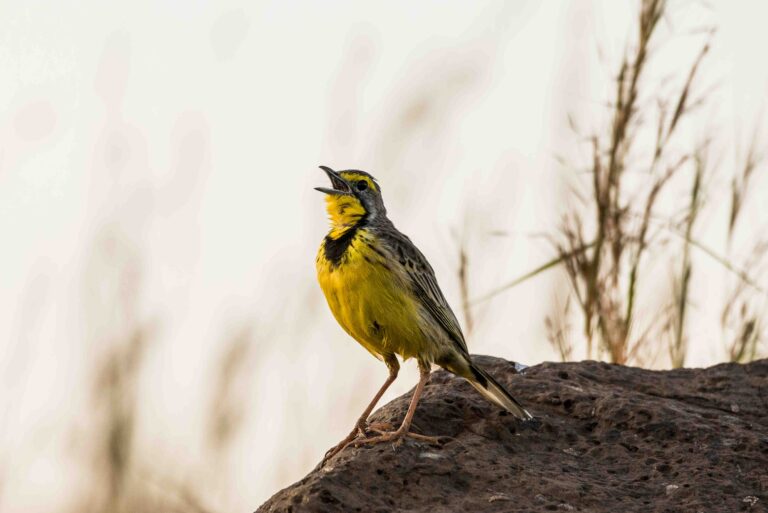
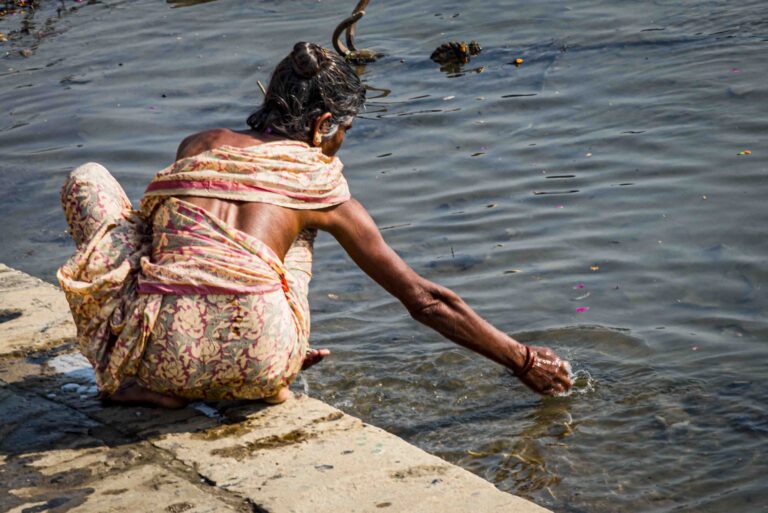
Our No Water No Life ESRI StoryMap, made with the help of our friends at the International League of Conservation Photographers (our fiscal sponsor), covers the entire scope of our project, from reflections on stewardship to an in-depth exploration of each case study watershed. We offer this resource as a way for scientists, stewards and all interested in freshwater resources to further connect with our mission and understand what drives us onward.
NWNL EDUCATIONAL HANDOUTS
Facts about Water covers the availability, quality and usage of water, as affected by population growth, pollution, climate change, dams and agriculture.
Quotes About Water references proverbs and expert insights on the value of water and water conservation opportunities.
Watershed Defined explains why NWNL and others use the watershed as a basic unit of study.
Wetlands Values and Functions analyzes why we need good watershed stewardship.
How to Save H2O includes ways you can help with saving our fresh water resources.
NWNL Watersheds Booklet created as a 14-page NWNL exhibit catalog, describes values, threats and solutions in 6 NWNL case-study watersheds.
NWNL Methodology outlines how we documents watersheds, whether large or small, and shares data to support watershed stewardship.
Freshwater Word Find is a 22-word puzzle that helps familiarize with our freshwater sources, conservation issues and solutions.
DIAGRAMS & MAPS
The Water Cycle is offered by the U.S Geological Survey as an interactive diagram and printable files at its Water Science for Schools website.
Indicators of a Warming World diagrams global warming in our watersheds, following the USGD Water Cycle Chart. Offered by Skeptical Science, this Creative Commons graphic raises awareness and understanding of global threats of temperature rise (ie melting glaciers and sea ice), rising sea levels and shifting seasons.
The Current U.S Drought Map The Drought Monitor Map offers state-by-state comparisons and animations on drought conditions. It is produced by the National Drought Mitigation Center, the United States Department of Agriculture, and the NOAA (National Oceanic and Atmospheric Administration).
CHILDREN'S BOOKS on WATER
Robert Baron and Thomas Locker. Hudson: the Story of a River, 2004. This author-illustrator team uses a Hudson School style of art and history of this Gateway to the US West to inspire the young into stewardship. (For 2nd grade and up)
Base, Graeme. The Water Hole: A Counting Book, 2001. This is a creative introduction to the importance of water to all species and suggests the consequences of a dry water hole. (For Pre-school)
Crampton, Gertrude. Scuffy the Tugboat, 1946. Scuffy is a toy tugboat who wishes for “bigger things” than sailing in the bathtub. The Man with the Polkadot Tie (who owns a toy store) and his son take Scuffy to a small brook in a pasture, and soon the current carries him away. At first Scuffy is pleased. The brook grows into a stream which turns into a small river and finally a larger river. Scuffy is overwhelmed by the sheer size of things around him. As he is just about to sail off into the endless ocean, he is rescued by the man and his boy and returned to the bathtub where Scuffy is now content to remain.
Holling, Holling Clancy. Minn of the Mississippi, 1951. This Newberry Award classic describes, illustrates and maps travails and ecosystems experienced by a turtle swimming, floating and being hurtled down the Mississippi River from Minnesota to the Gulf of Mississippi. (For 3rd grade and up)
Mayer, Cassie. Rivers and Streams, 2008. Photographs and simple text describe bodies of water, how they form, how we use them, and various riverine ecosystems. (For Kindergarten and up)
Woodward, John. Eyewitness: Water, 2009. Many topics are covered in the book, its CD of clip art, and the 22×31” colorful wall chart from the water cycle to water conflict, power and supply. (For middle/junior-high school and up)

